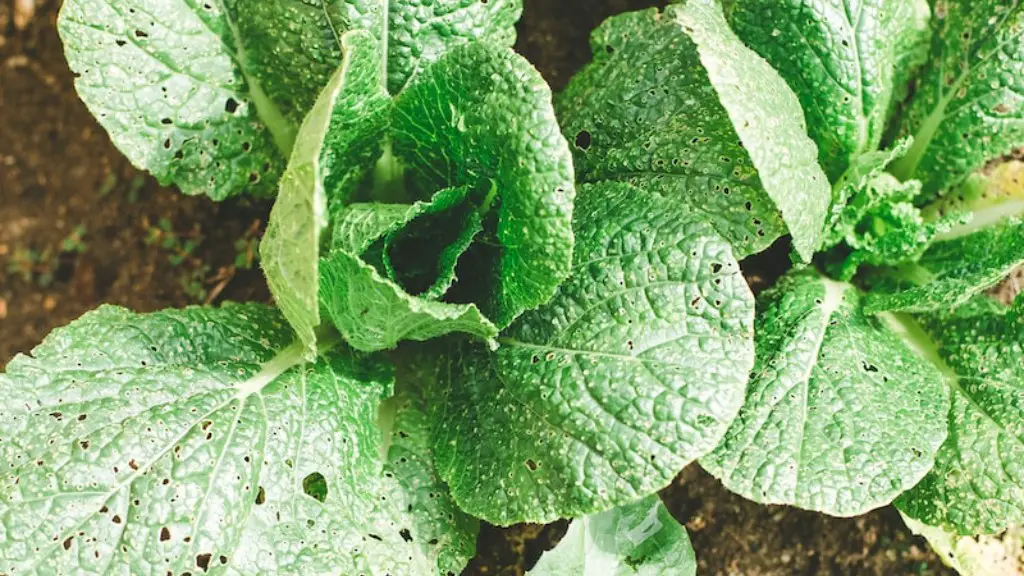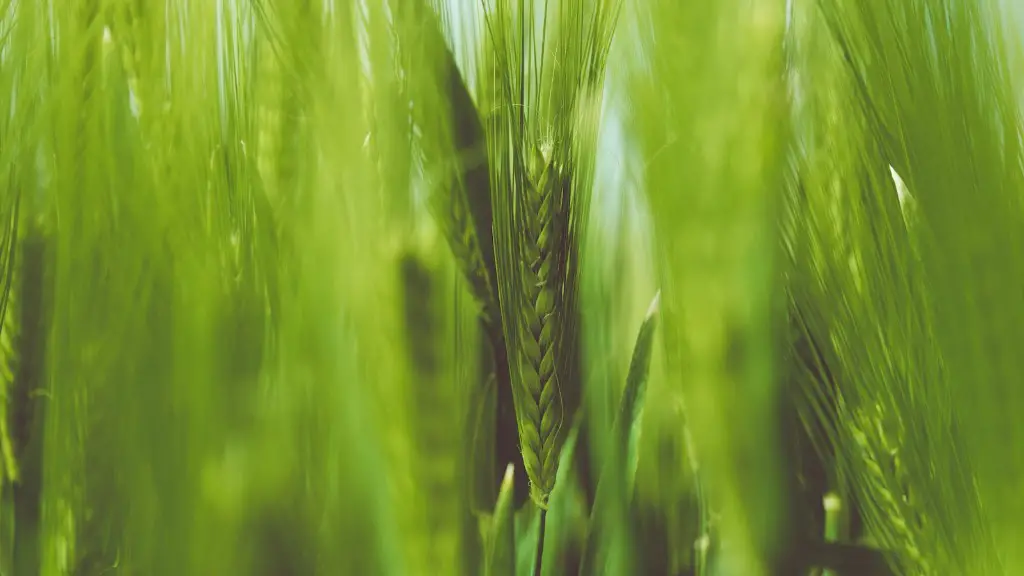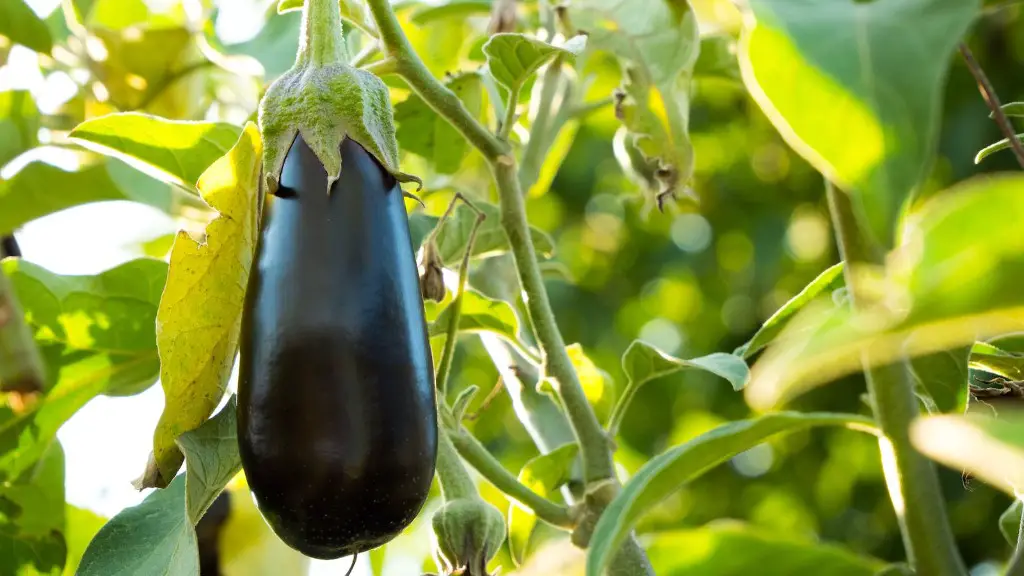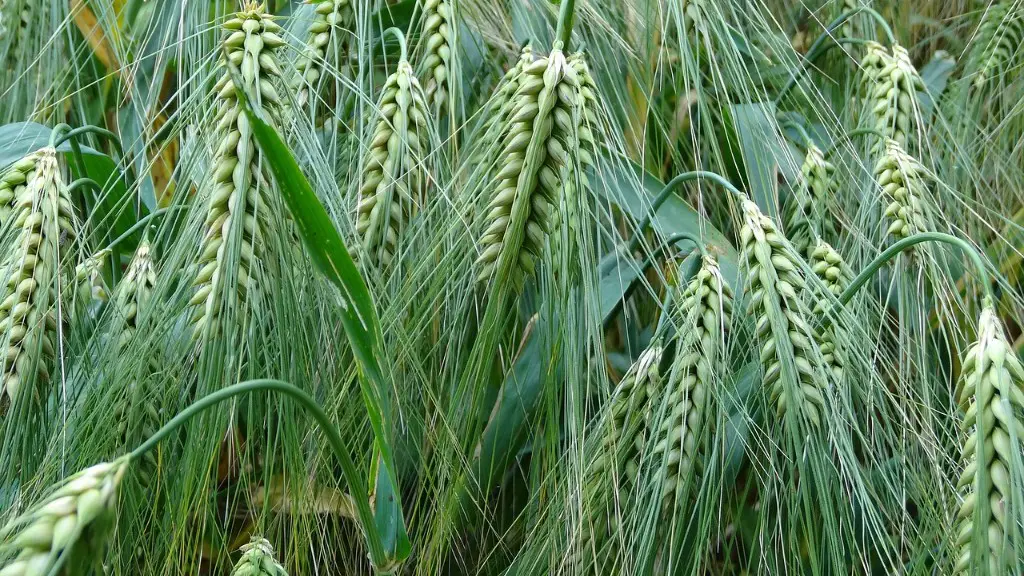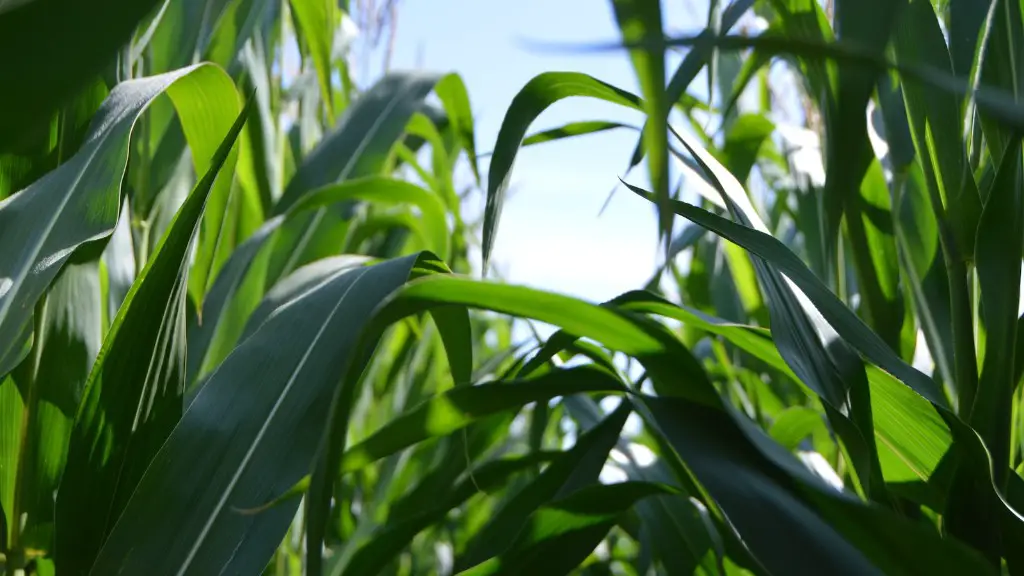The Food and Agriculture Organization of the United Nations (FAO) is a specialized agency of the United Nations that leads international efforts to defeat hunger. Their mandate is to raise levels of nutrition, improve agricultural productivity, better the lives of rural populations and contribute to the growth of the world economy.
The FAO is the Food and Agriculture Organization of the United Nations.
What does the FAO do?
The Food and Agriculture Organization (FAO) is a specialized agency of the United Nations leading international efforts to defeat hunger. The FAO’s goal is to achieve food security for all and make sure that people have regular access to enough high-quality food and lead active, healthy lives.
The FAO’s three main goals are: the eradication of hunger, food insecurity and malnutrition; the elimination of poverty and the driving forward of economic and social progress for all; and the sustainable management and utilization of natural resources, including land, water, air, climate and .
What is FAO standard
The Codex Alimentarius is a collection of internationally adopted food standards and related texts. These food standards and related texts aim at protecting consumers’ health and ensuring fair practices in the food trade. The Codex Alimentarius is developed and maintained by the Codex Alimentarius Commission, which is a joint subsidiary body of the Food and Agriculture Organization of the United Nations (FAO) and the World Health Organization (WHO).
The FAO helps countries to design policies and programmes that will reduce poverty among family farmers and increase their participation in decision-making. The organisation also works to increase access to resources, financial services, markets and technologies for family farmers, as well as to create more decent employment opportunities and improve social protection coverage in rural areas. By doing so, the FAO contributes to the overall goal of improving the lives of those who live and work in rural communities.
What is the role of agriculture and Consumer Protection Department of the FAO?
The Agriculture and Consumer Protection (AG) department of the FAO coordinates the organization’s work in animal production and health, plant production and protection, rural infrastructure and agro-industries, nuclear techniques in food and agriculture, and food safety and quality. The department works to improve the productivity of agriculture and the food industry while ensuring the safety and quality of food products for consumers. The department also strives to improve the livelihoods of rural communities and to promote sustainable management of natural resources.
Food processing and preparation activities cover three main fields:
1) The preservation of foods by modern methods such as refrigeration, canning and irradiation, and by traditional methods such as drying, salting, smoking and fermentation.
2) The development of protein – rich foods.
3) Food additives.
Why is FAO involved in the right to food?
FAO promotes a cross-cutting human rights-based approach to food security and nutrition that strengthens the legal, policy and institutional environments. This approach is the key to tackling the root causes of hunger and malnutrition and to achieve zero hunger. Freedom from hunger is a constitutional objective of FAO.
The Food and Agriculture Organization of the United Nations (FAO) is a specialized agency of the United Nations that leads international efforts to defeat hunger. FAO provides scientific advice on human nutrient requirements and on food composition. This work contributes to developing harmonized international food standards, guidelines and codes of practice that protect consumers’ health.
What is the acronym for FAO
FAO is an important organization that helps to ensure food security for people around the world. It is a United Nations organization that aims to increase food production and access to food, especially for people in poorer areas. FAO also provides information and data on food and agriculture, and helps to coordinate international efforts to address global food security issues.
The FAO is dedicated to making sure that people have enough to eat, that they have the means to produce their own food, and that Forests, fisheries and other natural resources are used sustainably.
The FAO is headquartered in Rome, Italy, and has over 2,500 staff members in more than 150 countries. The organization works with governments, non-governmental organizations, the private sector, and other UN agencies to achieve its objectives.
What is FAO land evaluation system?
The evaluation of the suitability of a land use is based on the estimated future stability of a range of selected factors. The selected factors must either individually or in combination exert a significant influence on the suitability of the land use.
Shifting cultivation is a type of agriculture where people move their crops from one piece of land to another. This is often done every few years, as the land becomes less fertile after a few years of growth.
Subsistence farming is a type of agriculture where people only grow enough food to feed themselves and their families. They don’t have any surplus to sell.
Pastoralism is a type of agriculture where people raise animals, usually on grasslands. They may also grow some crops to feed their animals.
Intensive farming is a type of agriculture where people use large amounts of pesticides, herbicides, and fertilizers to grow crops. This type of farming often leads to soil degradation and pollution.
What are the 3 dimensions of sustainability FAO identified in organic agriculture
The SDGs, or the Global Goals, were created in 2015 as a response to the 2030 Agenda for Sustainable Development. The SDGs include a total of 169 targets that are integrated and indivisible, balancing the three dimensions of sustainable development: economic, social, and environmental. The SDGs are a universal call to action to end poverty, protect the planet, and ensure that all people enjoy peace and prosperity.
The Food and Agriculture Organization of the United Nations (FAO) offers its years of experience to member countries in devising agricultural policy, supporting planning, drafting effective legislation and creating national strategies to achieve rural development and hunger alleviation goals.
The FAO has a long history of assisting member countries in policy development, going back to its founding in 1945. In recent years, the FAO has stepped up its efforts in this area, offering guidance on a wide range of topics related to agricultural development and food security.
The FAO is well-placed to provide this assistance, given its deep knowledge of the agricultural sector and the challenges faced by developing countries. The FAO’s policy advice is based on sound technical analysis and is informed by the latest research.
The FAO is committed to helping countries achieve their rural development and hunger alleviation goals. The organization provides a wealth of resources and expertise to support these efforts.
Which is the food law enforced by WHO FAO?
The Codex Alimentarius Commission (CAC) is an international body that sets food safety and quality standards. It is implemented by the Joint FAO/WHO Food Standards Programme. The CAC standards are used by countries to ensure that food is safe and of good quality. They are also used by food businesses to show that their products meet international standards.
The FAO is an amazing organization that is doing so much to help end world hunger. They are focused on aiding developing countries in improving their agricultural practices, and also on ensuring good nutrition for everyone. They are making a huge difference, and I am grateful for their work.
What are the four pillars of food security according to FAO
Food security is a global concern that has motivated international organizations, such as the Food and Agriculture Organization, to define it with the following four dimensions: availability, accessibility, utilization, and stability.
FAO is the only international organization that oversees all aspects of the food chain, from production to consumption. This provides a unique, 360° perspective on food safety. A longstanding partnership with the World Health Organization (WHO) enhances this perspective.
The partnership between FAO and WHO has resulted in major advances in food safety. For example, the two organizations have jointly developed standards for food fortified with vitamins and minerals, and have also worked together to establish guidelines for the safe use of food additives.
The strength of the partnership between FAO and WHO lies in their complementary mandates. FAO focuses on agriculture, forestry, fisheries and nutrition, while WHO focuses on human health. This allows the two organizations to address food safety issues from different, but complementary, angles.
Conclusion
The Food and Agriculture Organization of the United Nations (FAO) is a specialized agency of the United Nations that leads international efforts to defeat hunger.
The United Nations Food and Agriculture Organization (FAO) is an intergovernmental organization that leads international efforts to defeat hunger.
